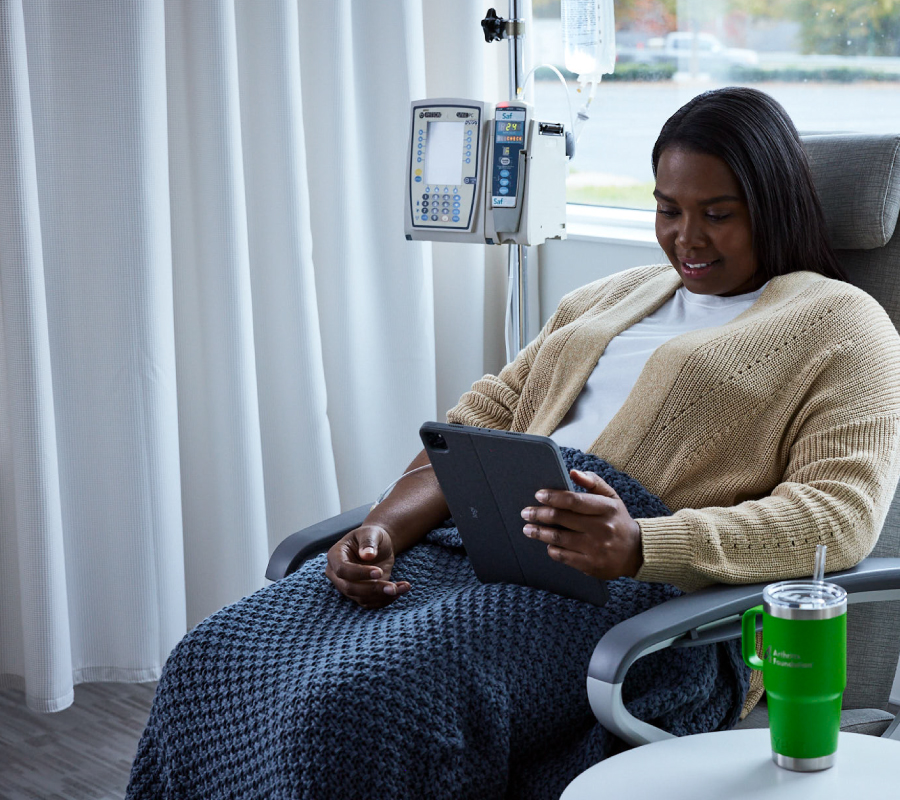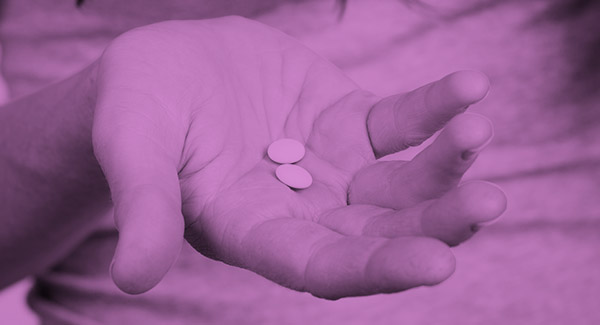Degenerative Disc Disease
Back pain caused by worn-down vertebral discs is called degenerative disc disease.
In a young and healthy back, rubbery discs between the vertebra provide height and allow bending and twisting. As a normal process of aging, the discs begin to wear down. Sometimes the discs wear away completely over time. The bones rub against one another, causing the pain and stiffness of osteoarthritis. After age 40, most people have some disc degeneration, but not always with pain.
Several factors can cause discs to degenerate, including:
• Drying out of the disc with age.
• Tears in the outer portion of the disc due to daily activities and sports.
• Injury.
Unlike other tissues of the body, there is very little blood supply to the disc, so once a disc is injured, it cannot repair itself, and the disc can start to deteriorate.
• Range from mild to severe and disabling.
• Primarily affect the neck and lower back.
• Extend to the arms and hands.
• Radiate to the buttocks and thighs.
• Worsen when sitting or after bending, lifting or twisting.
• Come and go.
• Cause weakness in the leg muscles or foot drop, which may be a sign of damage to the nerve root.
• Physical therapy.
• Nonsteroidal anti-inflammatory drugs (ibuprofen, naproxen sodium) or pain relievers (acetaminophen).
• Injections of corticosteroids into the disc space.
• Surgery: artificial disc replacement, spinal fusion.
Learn more about the medications to treat degenerative disc disease at arthritis drug guide.
You can:
• Try heat and cold therapy.
• Do physical therapy exercises at home.
• Modify activities that aggravate your back, but don’t become sedentary.
• Stop smoking.
• Maintain a healthy weight.

Stay in the Know. Live in the Yes.
Get involved with the arthritis community. Tell us a little about yourself and, based on your interests, you’ll receive emails packed with the latest information and resources to live your best life and connect with others.


